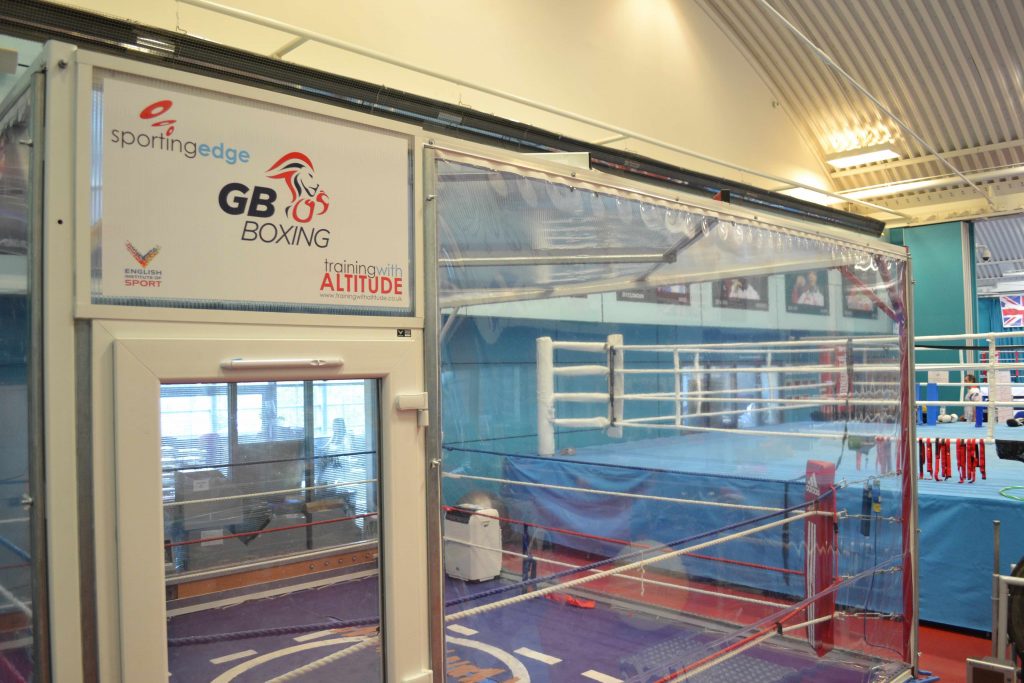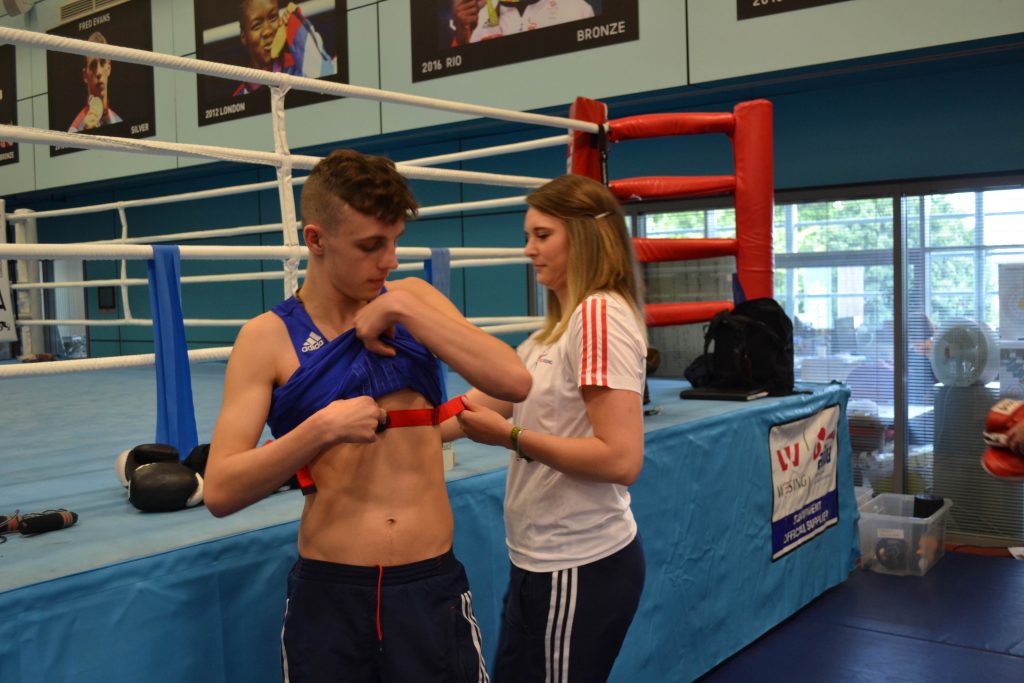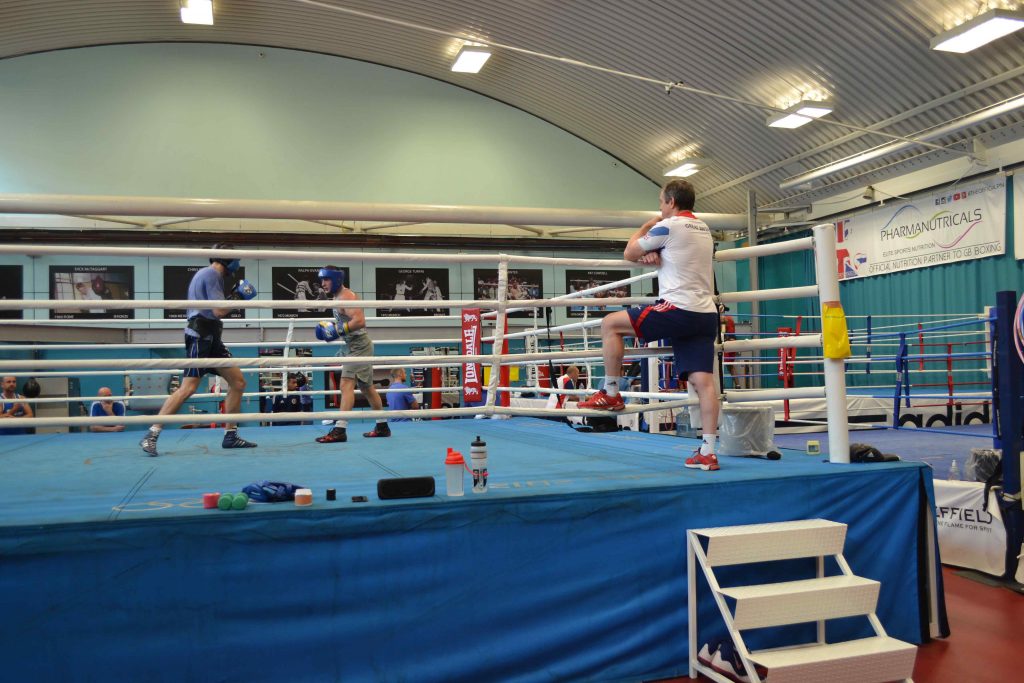Hypoxic training: the effects and benefits of high-altitude training in boxing
GB Boxing Physiologist Laura Needham gives us an insight into her work as a sports scientist, including the intermittent hypoxic training regime used with the boxers.
What is hypoxic training?
Hypoxic training refers to a type of exercise that is performed under conditions of low oxygen. This can be achieved by training at high altitude, using specialised equipment that reduces the amount of oxygen available, or by performing breath-holding exercises.
How often is hypoxic training used in boxing?
“When it comes to hypoxic training, we tend to do a four-to-six-week block of it a little while out to competition and don’t do it too close to competition as it takes a lot out of the athletes,” explains Laura.
“We can’t do this type of training in the altitude ring all the time as it’s such a potent stimulus and really hard graft, so from a physiological and psychological aspect you wouldn’t want to be doing every training session in there, so we limit it to one to two sessions a week.

What are the effects of training at high altitude?
“Hypoxic training produces a similar effect to being at altitude and everyone responds differently. Some people respond well and others don’t. I tend to know how each member of the squad react now, but you have to monitor them and check they’re OK as you are exposing the body to something that isn’t normal. My role focusses a lot on safety and making sure everyone is safe while they’re using the altitude ring and if they’re not coping, I will make sure we modify the session.
“Another part of my role is setting up the equipment. Up at the high performance centre in Sheffield we have a ring which is enclosed with a plastic tent and there is a generator which changes the oxygen content in the air. It’s the composition of the air which changes in the ring, but that is not actually the case at altitude. At altitude, the partial pressure is lower but as we can’t change the pressure we alter the composition instead. The normal composition of the air at sea level is 21% oxygen, but in the tent we take it down to 15% so we strip away a third essentially.
What methods do you use when training with boxers?
“We tend to use the live low, train high method, also known in the research as intermittent hypoxic exposure. It has gained popularity recently as you don’t have to go away to an altitude training camp and can use it in a training environment. What we know from the research is that you can’t just sit in the ring and hope for all the physiological gains to materialise. You have to exercise and it has to be quite high intensity. For example, you wouldn’t do continuous sub maximal training in there for four hours – what you need is a really potent stimulus so the boxers will do intervals of repeated high intensity efforts.
The beauty of it is that it’s boxing specific, so we do three minutes and push the boxers what we call ‘into the red’ which is when their heart rate monitor reading shows us they are at or above 90% of their maximal heart rate. During the session the coaches push them really hard on the pads, and as a result we are not looking for central adaptions, it is very much peripheral.

“Through hypoxic training, you’re not going to grow red blood cells or increase stroke volume, it’s very much about what’s happening in the muscle. Because oxidative pathways are restricted in a hypoxic state, there is limited oxygen available and endurance performance is therefore reduced which means the body relies more on anaerobic pathways to produce ATP. It’s been shown in the research that it’s a greater stress on the body training at hypoxia compared to normoxia at sea level so it provides a lot of adaptions which are beneficial such as; glucose transport, pH regulation and glycolytic enzymes are all improved.
“Our method of profiling our athletes is adopting the Critical Speed Concept which is a one and three-km trial on our indoor running track. What we do is mathematically model that data and that shows us each boxer’s critical speed (aerobic capability) and their D’ (anaerobic tank) and how big that tank is available for anaerobic resources and ATP which shows us how much energy (ATP) is available via anaerobic metabolism.
What can you tell from the data? What can come from this data?
“It looks really simple from the outside as it’s just a one and three km time trial, but the beauty is in the power of the data and how you can model it to get the physiological data out of it. From the data you can also assess what each athlete may need to work on, their strengths and weakness and progress over time. It also shows where there may be gaps in their improvement which need to be addressed and informs our training zones.”
“It’s good to stay on top of the research as a practitioner and the topic of intermittent hypoxic exposure is fairly new in terms of the research that’s out there. It’s a fine balance between trying to stay current whilst also delivering as a practitioner. What does help is other members of the UK Sports Institute physiology team will discuss and send around interesting research and also discuss potential innovative ideas for Tokyo and that helps you to stay on top of the research, which helps fuel our practices.”
Learn more about how the UKSI supports boxing.
